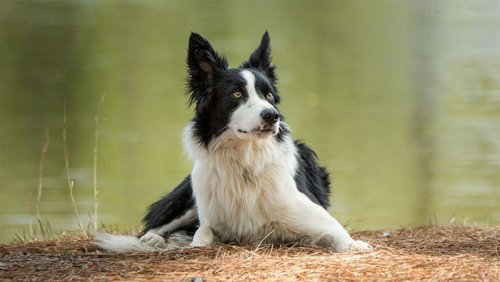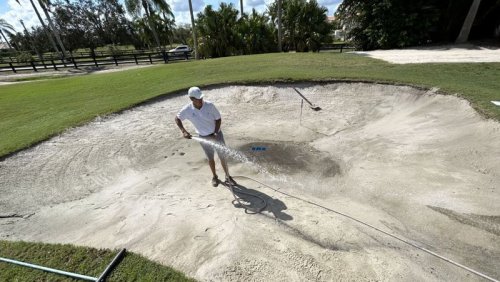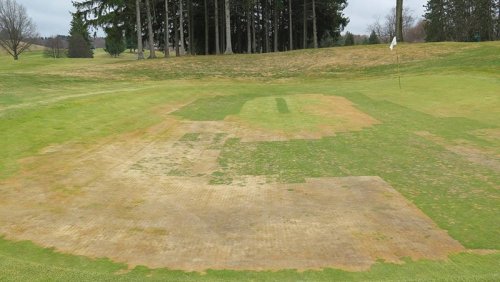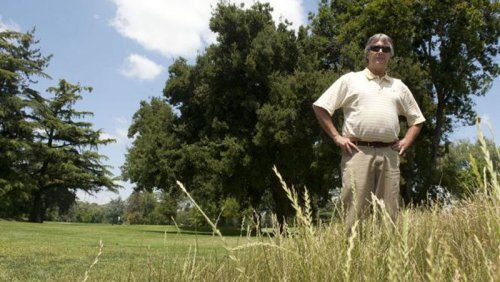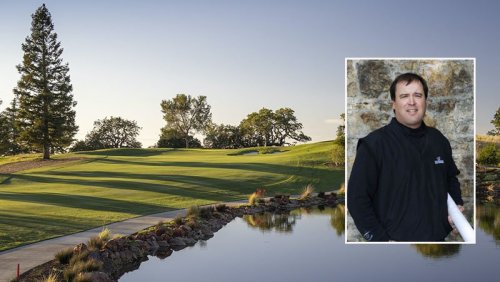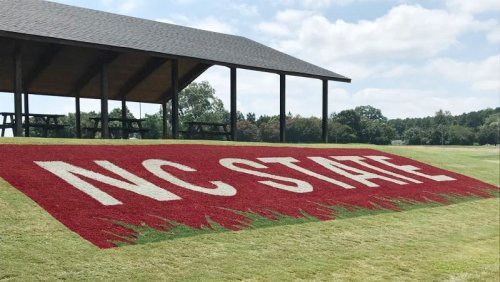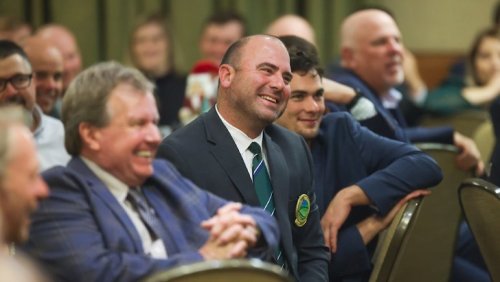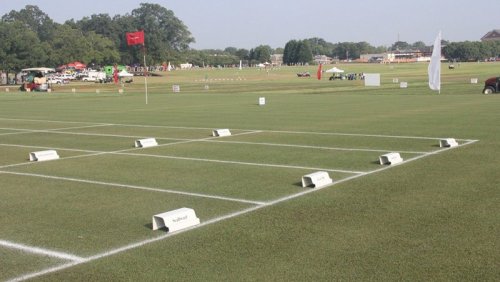
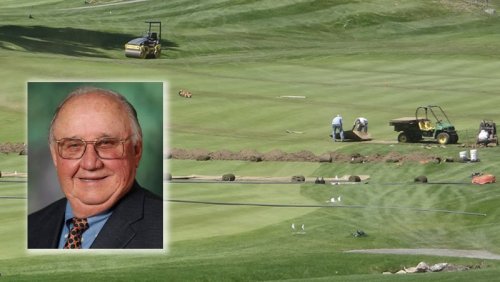
A native of Kormend, Hungary, Tanto (right) was a golf course builder and the founder of Tanto Irrigation, the namesake firm that specializes in golf course irrigation design and installation and course construction. He died Jan. 25 in Fort Myers, Florida at age 86.
Tanto emigrated to the United States in 1957 as an 18-year-old in the aftermath of World War II, learned English and later served in the U.S. Air Force Reserves.
"I hardly spoke a word of English, and I knew I would have to work hard to make it," Tanto told the GCSAA in 2019 when he was named the recipient of the association's Col. John Morley Award. "I got a job washing dishes, and I have had a job every day since."
In 1967, he earned a degree in civil Engineering from the Swanson School of Engineering at the University of Pittsburgh. While working for the Dravo Corp., a shipbuilder that had operations in Pittsburgh and Wilmington, Delaware, he became interested in golf and in 1969 built a municipal golf course on land owned by the family of his wife, Susan. Soon after, he borrowed $5,000 and set about the task of organizing the construction and irrigation company that bears his name and has served the golf industry for more than 50 years.
A native of Hungary, Tamas Tanto was the founder of the golf course irrigation design and installation firm that continues to bear his name. Tanto Irrigation photo His work and that of his company could be found on dozens of the country's top 100 golf courses, including Oakmont, Baltusrol and The Country Club. Even after retiring and selling the company he founded, Tanto remained active serving as an industry mentor.
Tanto's experience serving the golf industry cut a wide swath. He also was involved in Turf Care Products, an Atlanta-area Toro distributor that eventually came under the Jerry Pate Turf and Irrigation umbrella.
Tanto received many honors and awards throughout his career. In 2013, he was named a Distinguished Alumnus by the Swanson School of Engineering at the University of Pittsburgh. The American Association of Irrigation Consultants named him the recipient of the 2019 Roy Williams Memorial Award. That same year, he shared the GCSAA's Col. John Morley Award with legendary superintendent and golf course owner Ted Horton, CGCS.
A quote from Tanto on the company website reads: "How can you not feel good about being part of something that you believe in and that continues to represent the solid values upon which it was founded. I love going to work every day and enjoy those with whom I am associated both within the organization and the golf industry itself."
Survivors include his wife of 59 years, Susan; son Dan (Karen); daughter Anne Gamble (Mark); sisters Eva Czéh and Zsuzsa Tanto Németh, both of Hungary; and many grandchildren, nieces, nephews who live around the globe.
- Read more...
- 2,353 views

